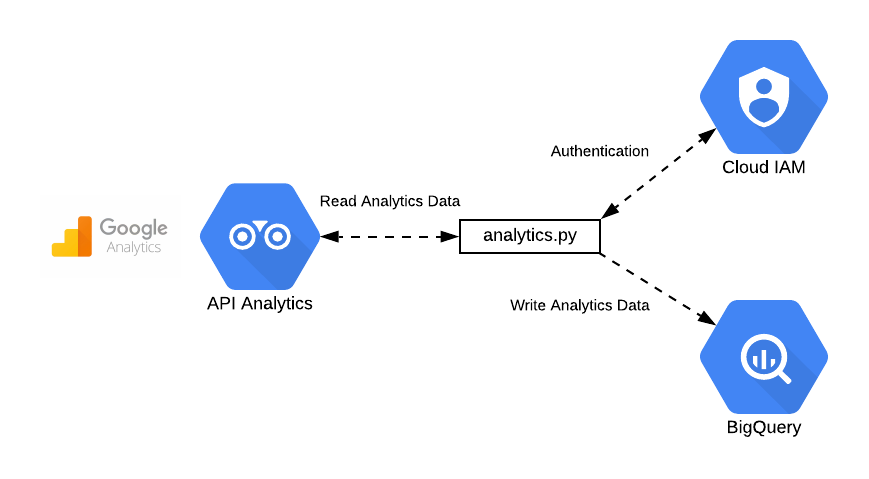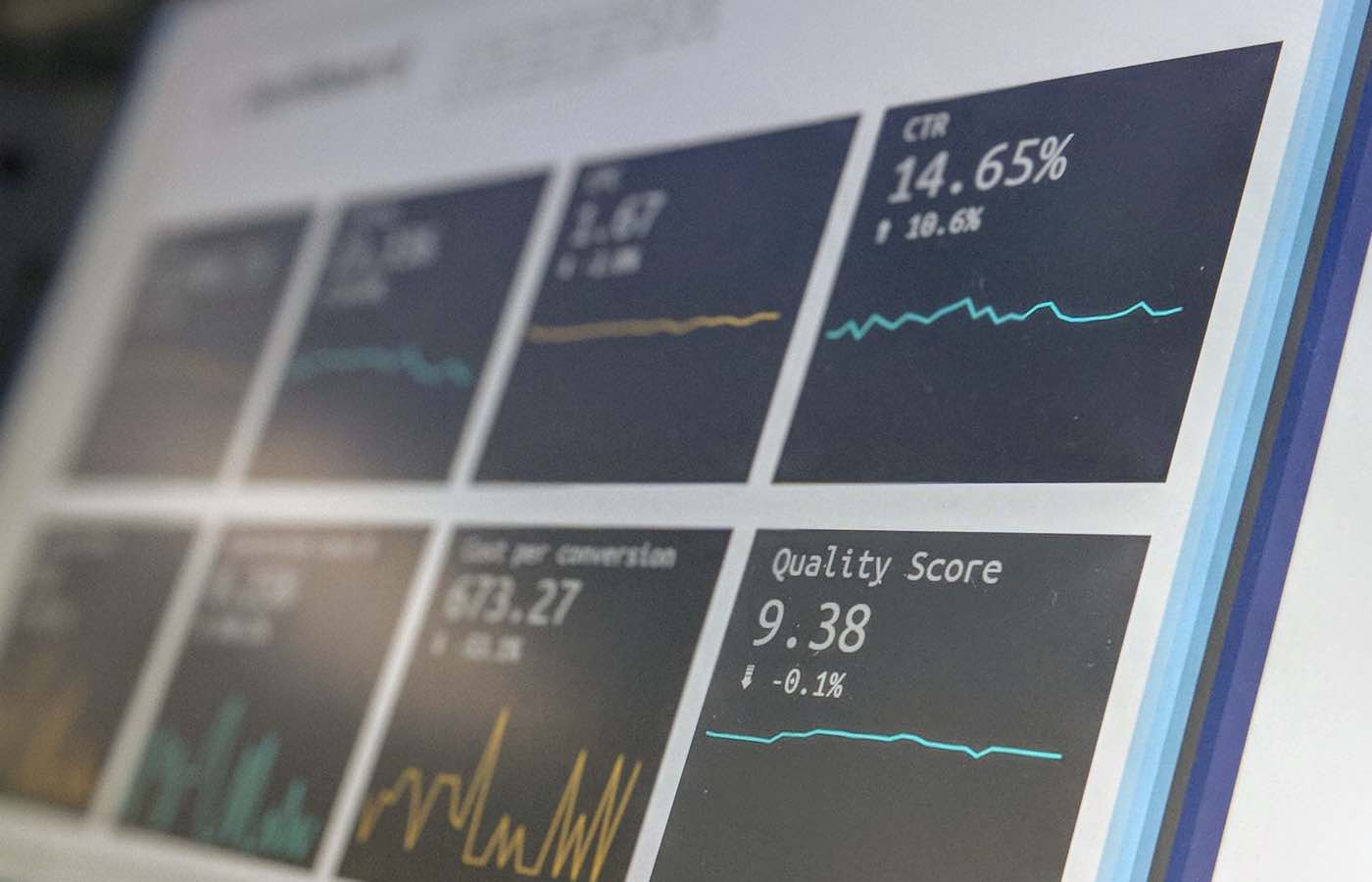
Google Analytics is used by just over 29 million websites worldwide and it’s the single most popular web analytics platform out there. But, while most websites have Google Analytics installed, very few actually customise it to collect data that will help grow their business.
One issue I find when speaking to business leaders and even marketers, is that many people are not aware of the capabilities that Google Analytics offers. We, web analysts, are probably partially to blame, defaulting to jargon speak all too often.
So, without any tech lingo, I’ll try to shed some light on the delicate topic of user data and what information you can actually collect using Google Analytics.
Most people are aware that with just a simple setting you can collect demographic data like age and gender. On top of that, you can analyse your website visitors by location, language, and even interests - to an extent.
What is less known is that you can create your own visitor attributes in addition to that. That’s right: using functionality called “Custom Dimension”, you can create a new attribute, like “User Type”, and assign a value based on things like what content that person visited or whether they ticked a checkbox when filling out a form.
If you knew that a user was an individual, as opposed to a business client, would you show them the same content on your website? With these custom attributes, you can personalise your website according to who’s visiting and what they might be looking for.
And you can create these attributes based on anything the visitor does when they browse your site (as long as you anonymise the data).
At Business Ahead we love customising Google Analytics accounts to take advantage of functionalities like these to help companies grow.
This tip is actually part of the 9 common Google Analytics mistakes that businesses make. If you’d like to find out what the other 8 are, download the free PDF.









